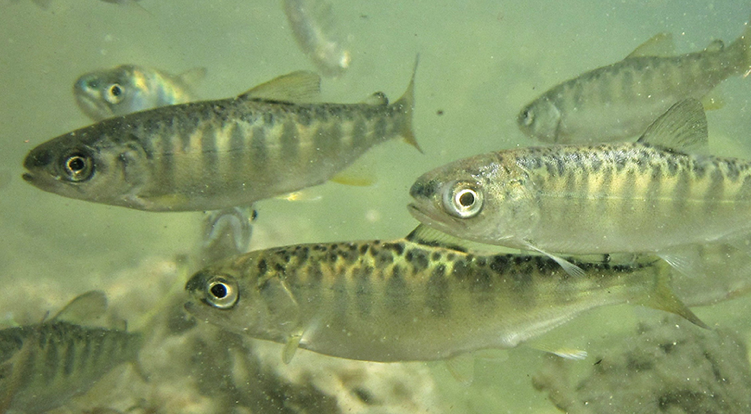Salmon are struggling to survive in six of the state’s designated salmon recovery regions despite efforts to prevent extinction, according to a comprehensive report from the Governor’s Salmon Recovery Office.
While the report sites promising outcomes with Snake River fall Chinook and Hood Canal summer chum nearing recovery goals, salmon numbers continue to decline in most the of the state, including Puget Sound Chinook and upper Columbia River spring Chinook. The State of Salmon in Watersheds– a biennial assessment on salmon, their habitat and statewide recovery efforts – bluntly states:
Salmon give us their all, but we have not done as well by them…we see that salmon recovery efforts have been instrumental in helping some species turn the corner towards recovery and have slowed the decline of several other species; however, too many others remain precariously close to the brink of extinction.
One certainty that the report lays out is that the salmon recovery is a multi-faceted issue that requires a customized approach to meet the specific needs of each region. A robust salmon recovery effort will require continued work on proven-effective efforts and additional investments to tackle the “big problems of human population growth.”
“This report underscores that salmon recovery is a complex issue and multiple strategies are need to reverse salmon decline,” said Mark Doumit, Washington Forest Protection Association executive director. “Even though each region faces specific challenges, I am confident that private forestland owners will continue to do their part to support the recovery of this iconic fish and meet these challenges.”
The report highlights that attempts to correct past mistakes, including habitat restoration and clearing passage barriers in forested streams, have made a profound difference. Forestland owners have stepped up in a big way, removing more than 7,900 fish passage barriers and helping to improve more than 5,200 miles of fish habitat, the report cites. With support from private forestland owners, efforts like the Family Forest Fish Passage Program have played a critical role in helping salmon reach the ocean and return home to spawn.
But more work needs to be done to address diminishing salmon numbers, according to the report. Loss of habitat, predation, invasive species and climate change continue to put pressure on salmon. Washington state has experienced significant population growth, and with that demands for more land, roads, drinkable water and other resources that support development are impacting salmon, the report states.
The Seattle Times writes:
The problem is that more habitat is being destroyed, more quickly than it can be fixed as the state continues a turbocharged growth spurt that is chewing up salmon habitat with roads, pavement, housing and commercial development.
Much of that growth has come at the expense of salmon and the animals that depend on them, including southern resident killer whales, also at risk of extinction.
